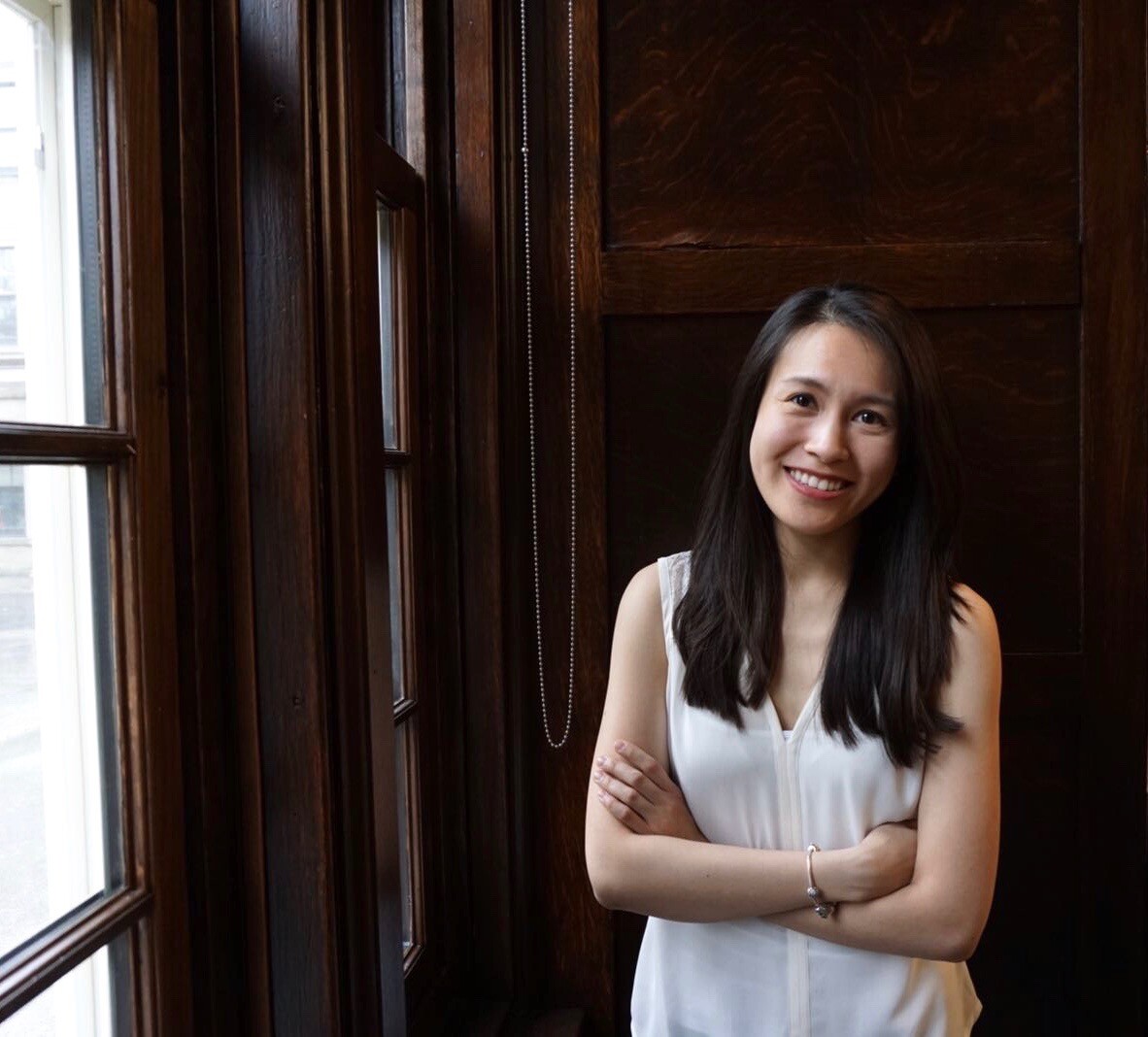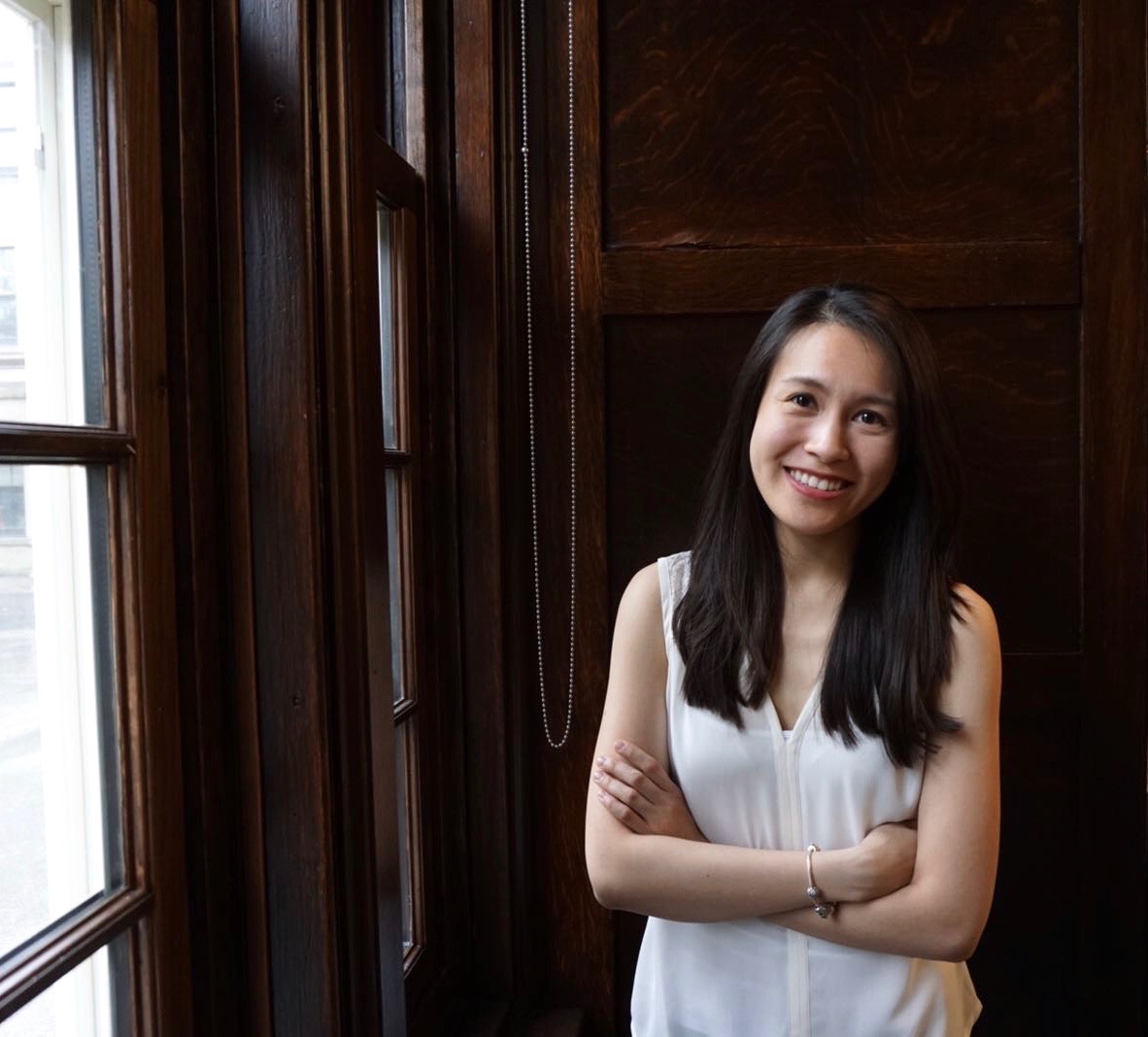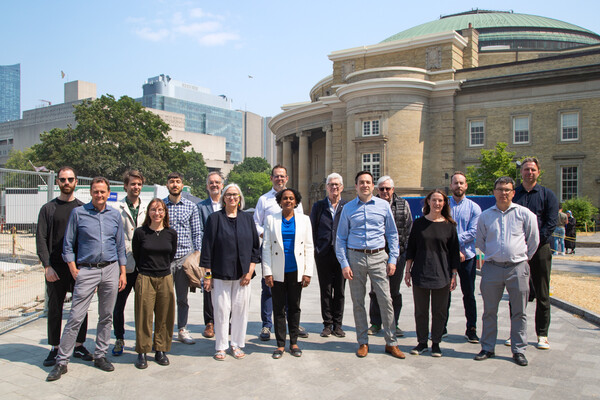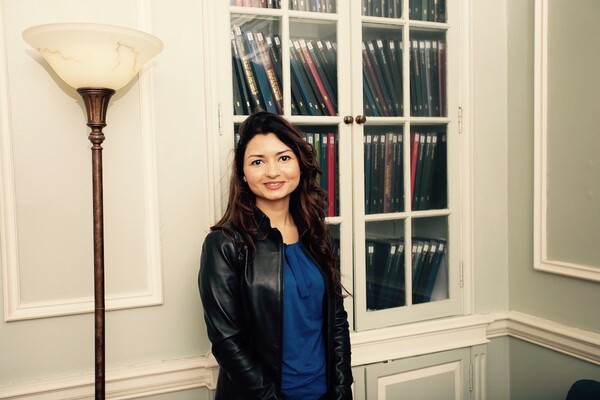#UofTGrad17 Tiffanie Kei: Digitizing Student Health Care


How can we improve the delivery of mental health services for students? That was the question Tiffanie Kei and her colleagues asked as they began their “capstone project” in the University of Toronto’s Translational Research Program, a new master’s degree that encourages students to apply scientific discoveries for better human health.
At first, Kei and her colleagues thought they would try to address wait times for those services on university campuses. But after talking with students and staff at U of T’s Health and Wellness Clinic, they made a surprising discovery: digital communications from that clinic might improve the patient experience even before a first appointment.
Kei will graduate with her master’s degree on June 14. She spoke with Faculty of Medicine writer Jim Oldfield from Trois Rivieres in Quebec, where she was doing a five-week French-immersion program.
Why did you focus on the student experience with mental services at U of T?
As undergraduate students, we had been through stressful periods and had difficulty managing them, even if we didn’t all use campus health services. But that sparked our interest in student mental health generally. The National College Health Assessment last year found that one in five post-secondary students are dealing with mental health issues, mainly anxiety and depression. It’s a huge problem, but we soon realized that we couldn’t address it on a national level so we focused on the Health and Wellness Clinic at U of T. It serves more than 55,000 students and provides a single entry point for access to all primary care — it seemed like an opportunity for a contained project that could still have significant impact.
Why did you shift away from the issue of wait times?
After preliminary discussions with students, then focus groups with clinic staff and other students, it became clear that some of the access issues and patient frustrations were linked to communications. So for example, many students didn’t realize the clinic can tends to provide short-term service, that it’s not typically a resource for ongoing health problems. Often they weren’t aware of the documentation they would need to provide once inside the clinic, or the different reasons they might have to wait and alternative resources available to them. So we realized that giving patients more information up front — mapping the care pathway in a clear and user-friendly way — might help manage their expectations and make their experience of seeking care for the first time less daunting.
What solutions did you land on?
Well, it did seem that more staff, or an improved e-medical record system that could provide better alerts on patient status would help. But in an eight-month timeframe and with limited resources, these were not feasible interventions for us. So we worked on what we could tackle. After our focus groups with all staff members who provide care — receptionists, nurses, family doctors, psychologists and psychiatrists – we did “co-creation” sessions, where we brought together all the relevant stakeholders to create solutions. With students and staff, we came up with the idea of laying out the care pathway in a clearer digital format. We re-designed the existing website and integrated the pathway into it, and then we made a mobile app version, all with the goal of modifying students’ expectations before they begin the care journey.
How did the clinic receive those ideas?
We presented them to the clinic’s executive director and chief psychiatrist, and they really liked them. They need to get feedback from other staff, in particular the information technology and communications staff. But we plan to meet with everyone involved this summer and if all goes well, we could launch our first version in September. We definitely wanted a tangible solution at the end of this program, and I think our proposal could have real impact.
Was the Translational Research Program all you expected?
Well, the program really forces self-directed learning, which was challenging and somewhat unexpected. I thought some of the connections we needed for the capstone project would be facilitated a little more, although maybe that was less of an issue for the older and more established students. But we had to acquire new skills, including networking and qualitative research (which none of us had done before). I think we improved our collaboration and leadership skills, and we came away with a good project, which was very rewarding.
What’s next for you?
We all feel we will find the time this summer and into the fall to follow through on our capstone project and hopefully help evaluate it. But right now, I’m enjoying life in small-town Quebec, which is a nice break from my master’s. There is a kind of camp feeling here, with activities at night, French classes, music, and sports through the day along with weekend trips to larger cities. When I get back in June, I’ll start looking for a research position in knowledge translation, which is a newer area for me and one my master’s help inspire.
For the full schedule of #UofTGrad17 convocation ceremonies, visit http://www.convocation.utoronto.ca/events.
News


